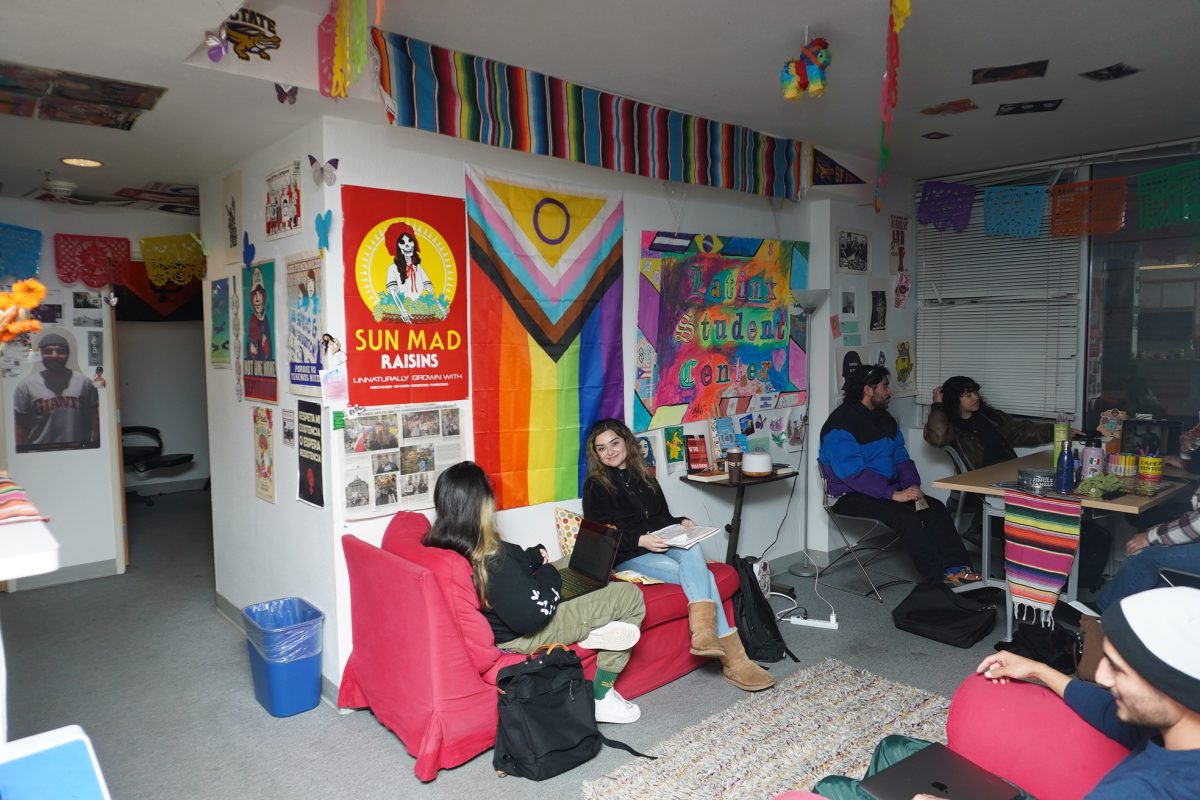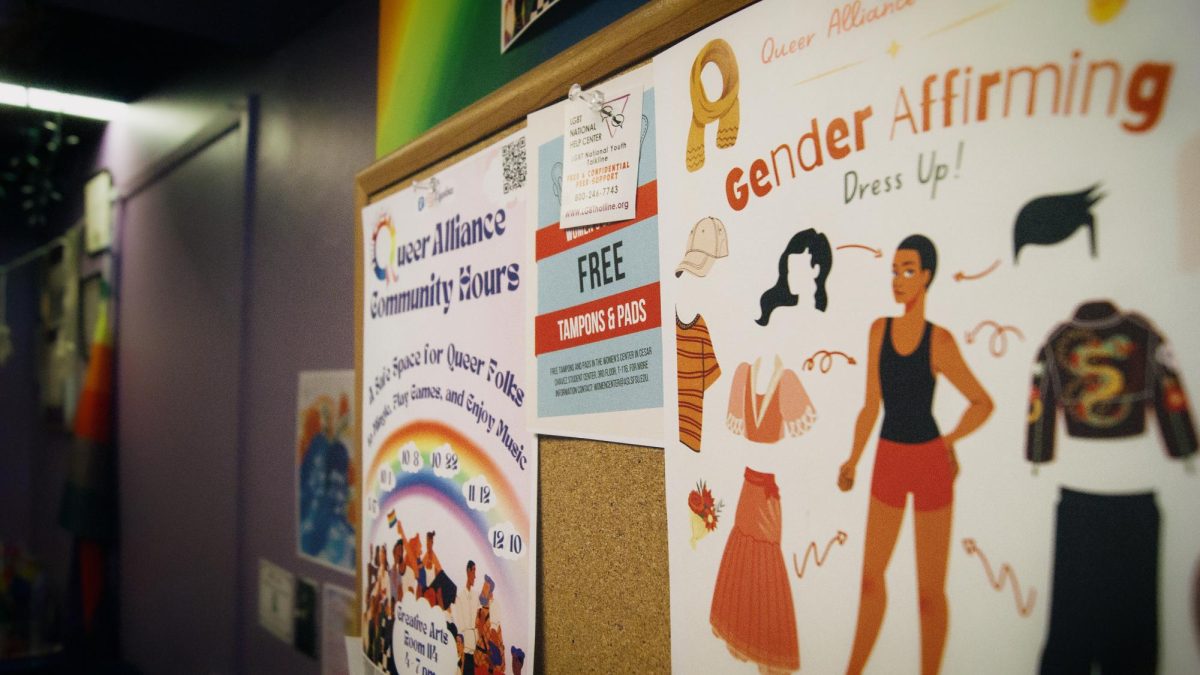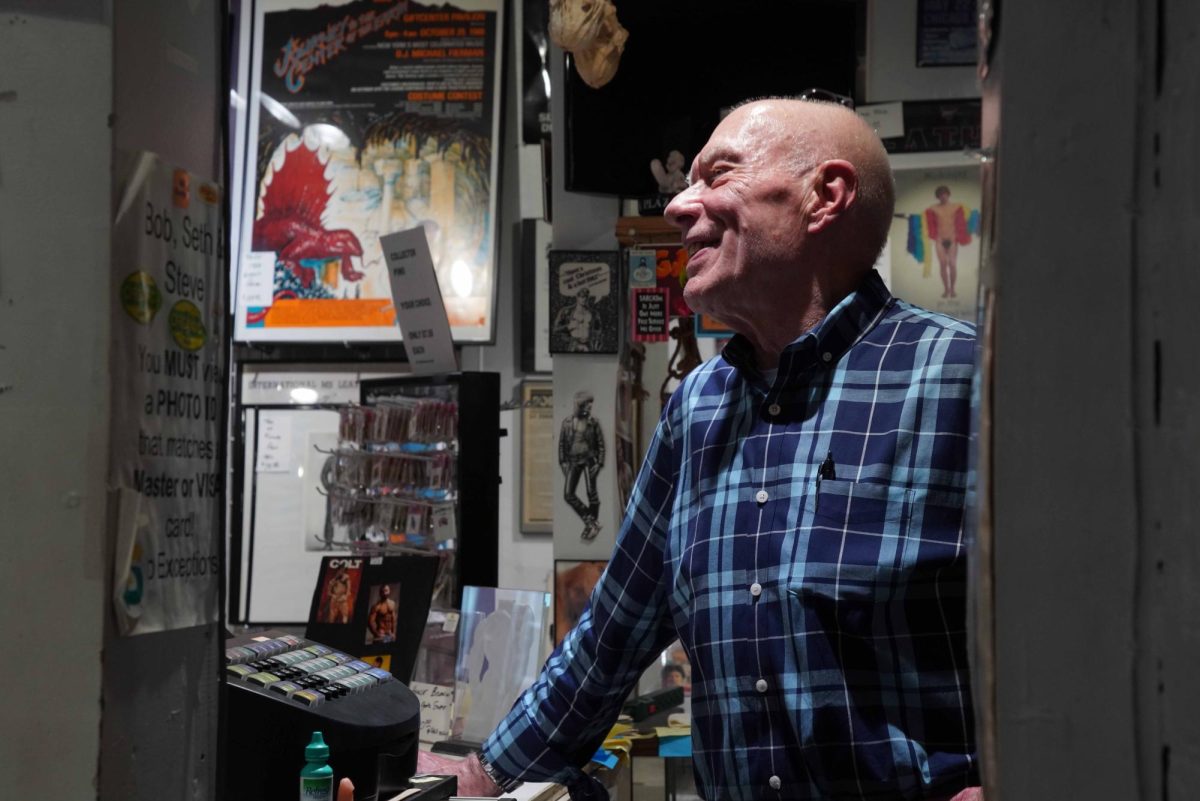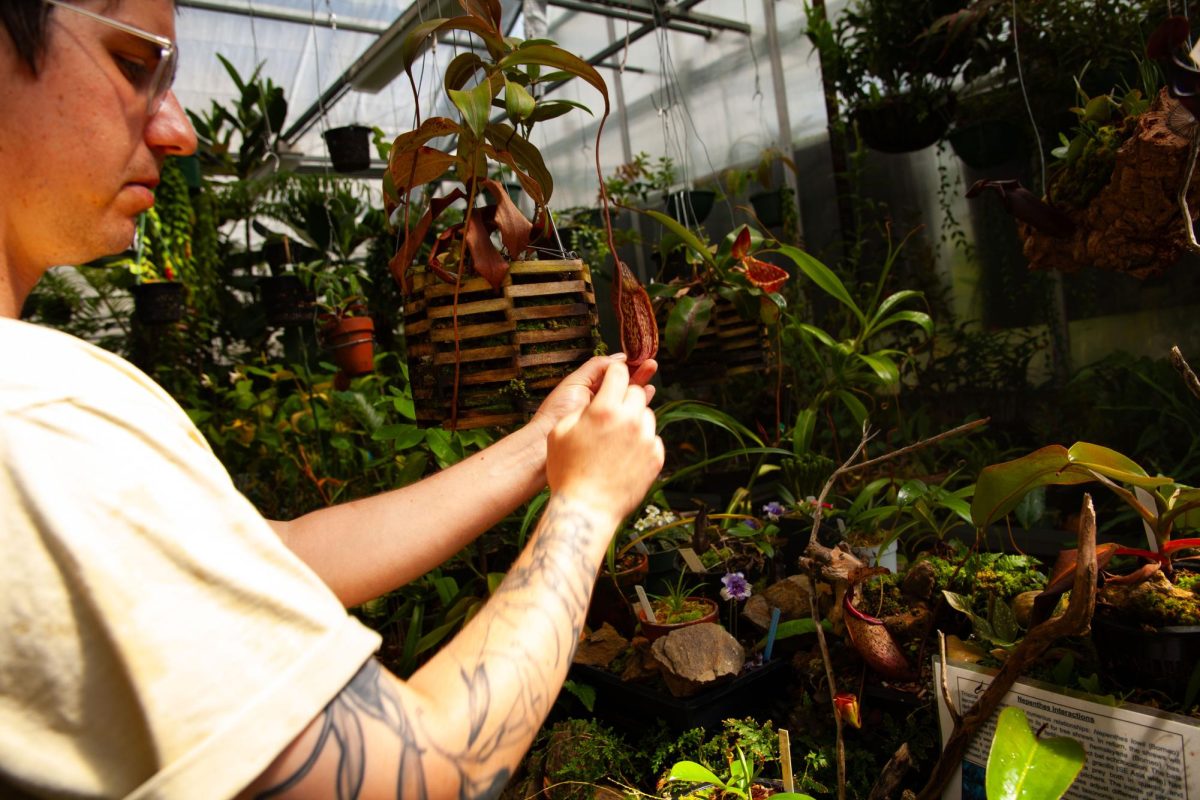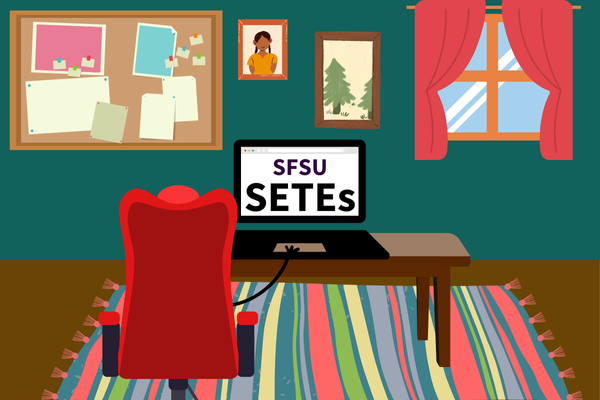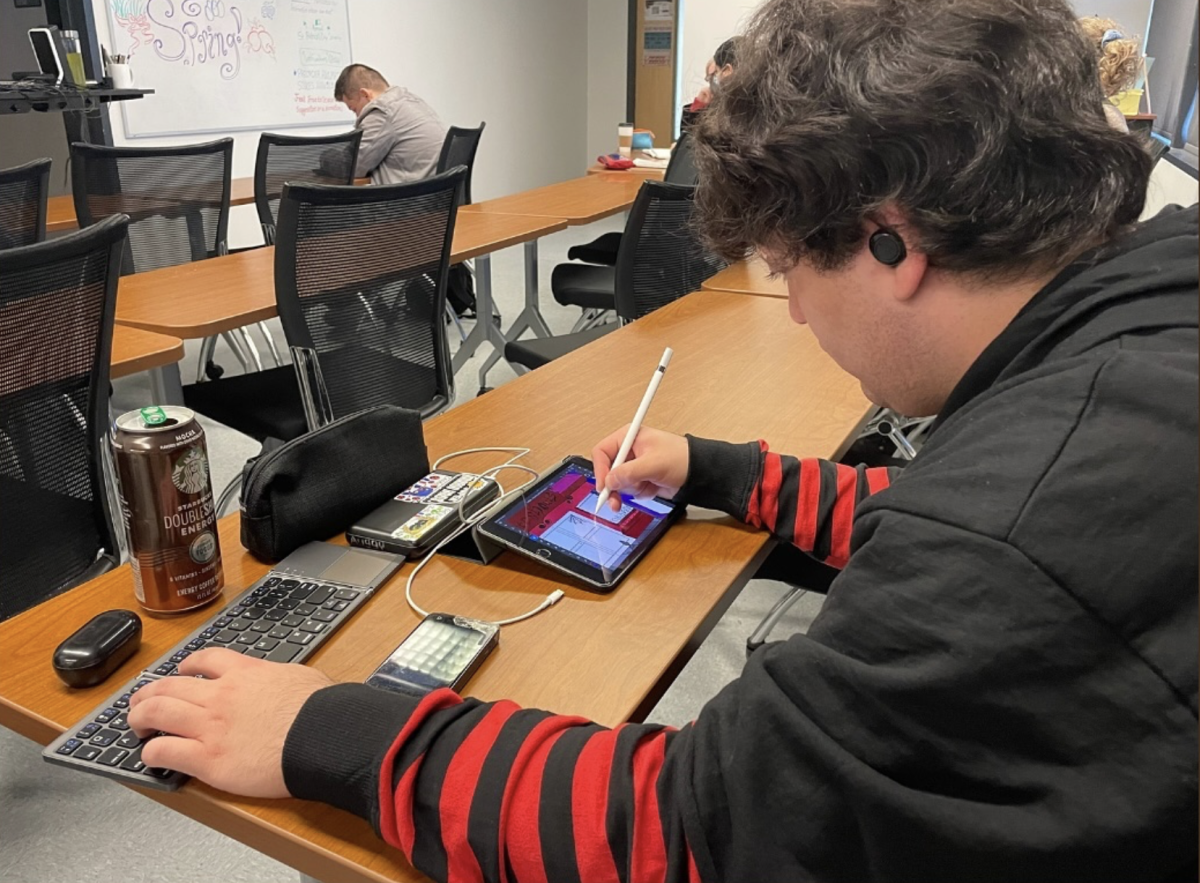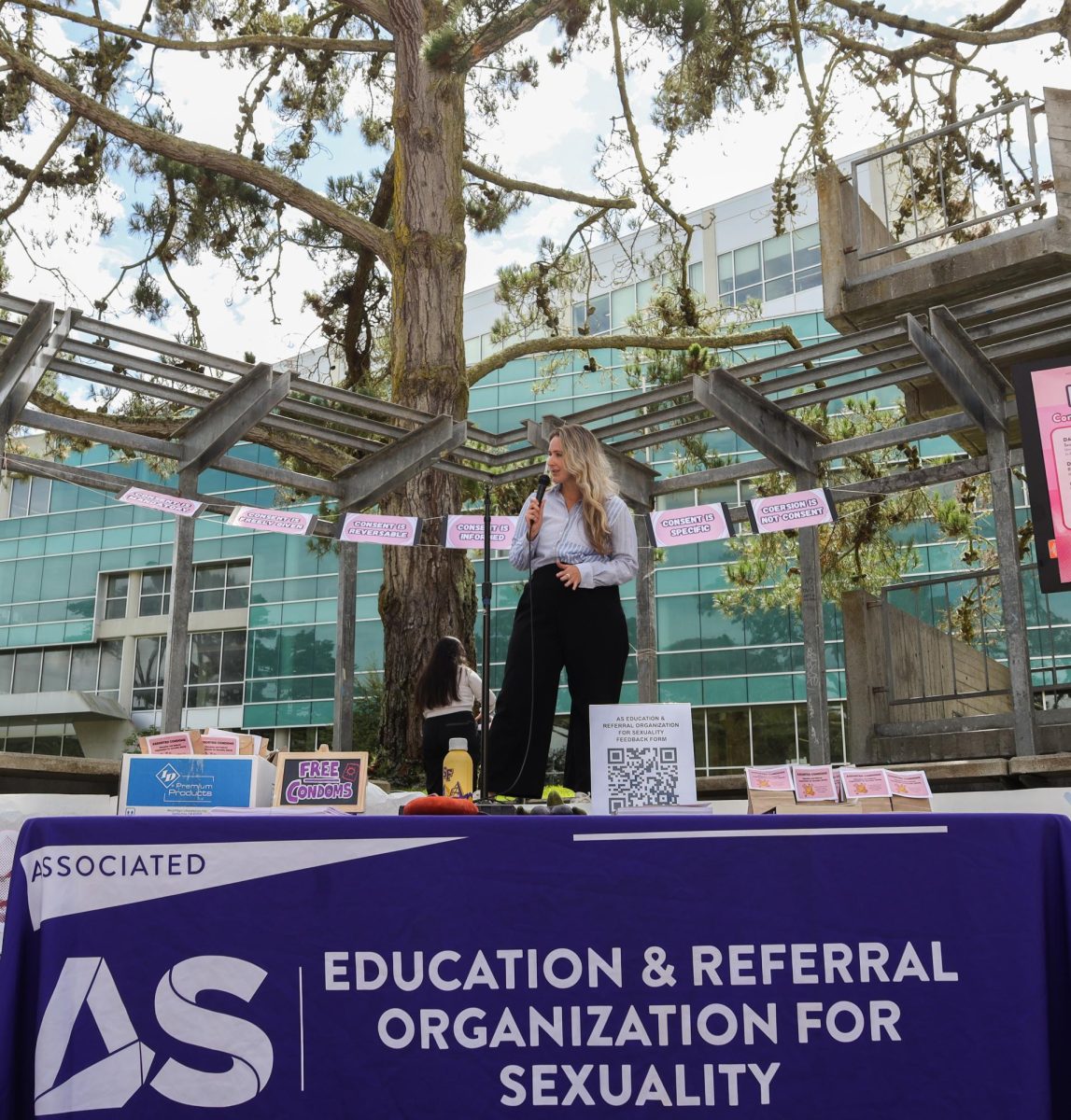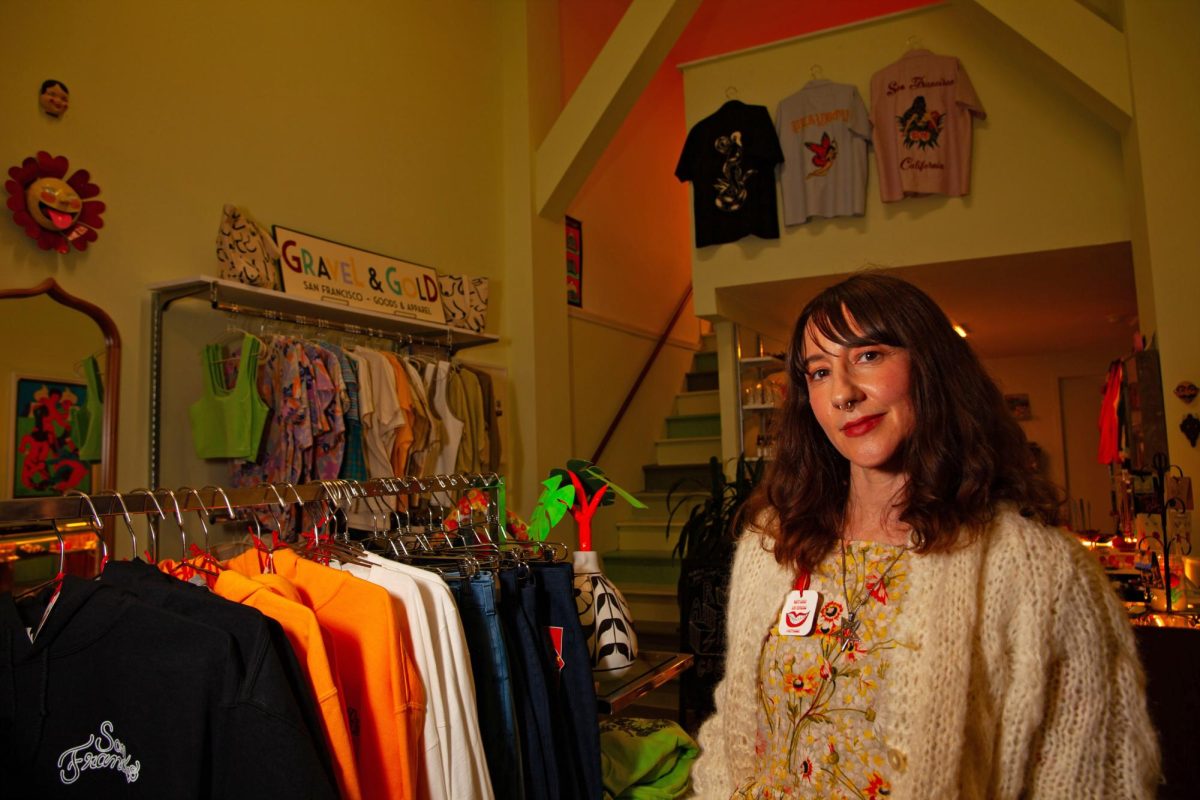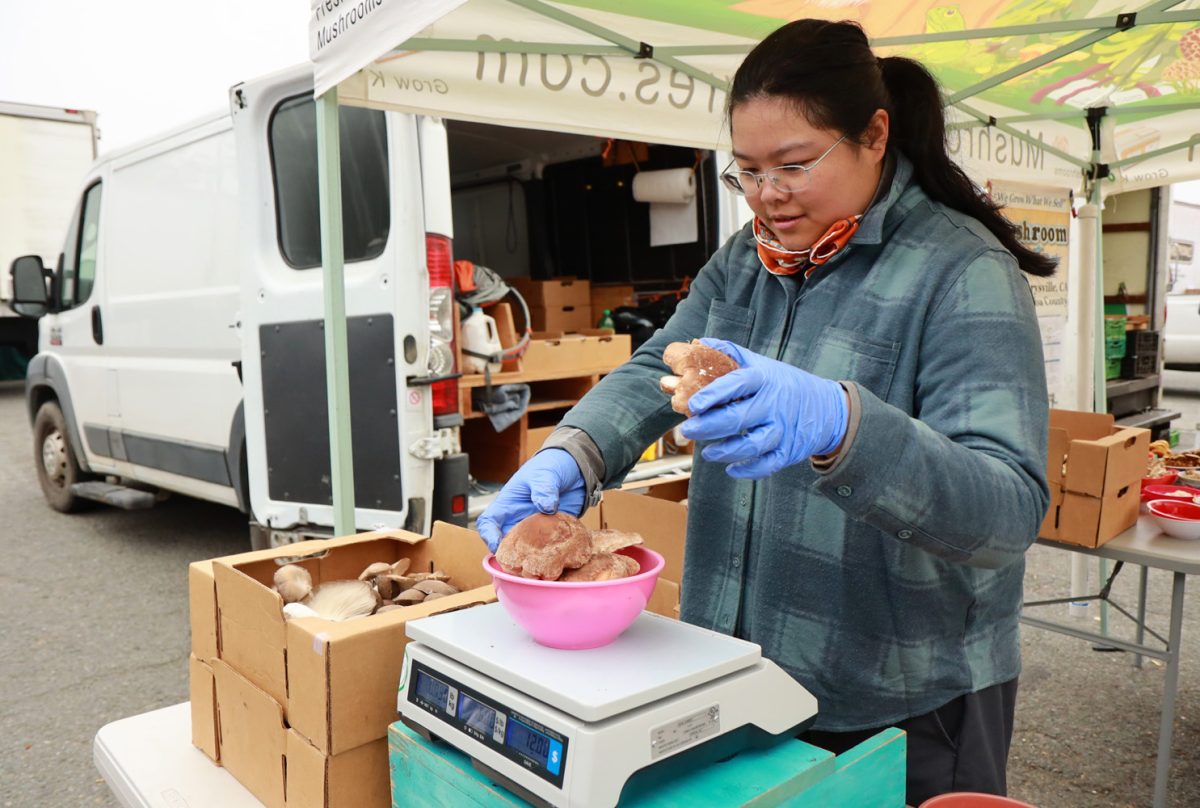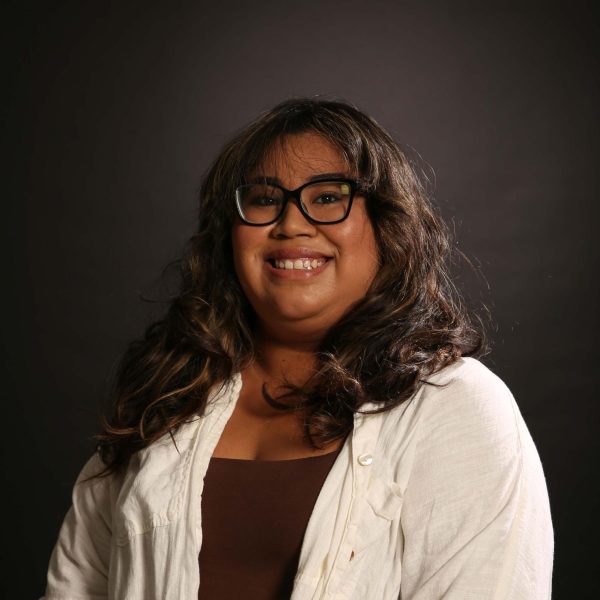In 2016, SF State was designated a Hispanic Serving Institution (HSI). Including SF State, 21 out of 23 California State Universities are an HSI. According to The CSU External Relations, an HSI is defined under the Higher Education Act as a college or university where at least 25% of the undergraduate, full-time enrollment is Hispanic, and at least half of the institution’s degree-seeking students must be low-income.
SF State’s designation as an HSI marks an essential moment in its commitment to diversity and inclusivity on its campus. As the SF State community navigates the opportunities and challenges of being an HSI, Latinx community members work together to create better access, success and empowerment for its Hispanic student body while highlighting the greater impact of diversity within higher education institutions.
What makes an HSI?
According to the U.S. Department of Education, institutions must be designated eligible for the Title V Part A (HSI) and the Title III, Part F (HSI STEM & Articulation Programs) programs. Each program must be defined as an HSI, which is determined by the enrollment in each institution, to apply for the title of HSI. At SF State, the increasing percentage of Hispanic or Latinx students, which rose from 18% in 2010 to 37.3% in this semester, signifies a notable demographic shift.
Being recognized as an HSI indicates a commitment to serving a diverse student population and may involve implementing initiatives to support the academic success and well-being of Hispanic and Latinx students. These initiatives could include culturally relevant programs, resources and support services tailored to the needs of this demographic group.
Michael Scott, associate vice president of the Office of Research & Sponsored Programs, explains an institution of higher education (IHE) cannot simultaneously received a Title V Part A HSI (the HSI grant) and Title III Part A AANAPISI (Asian American and Native Pacific Islander Serving Institution) award. Even though SF State is recognized as an HSI they did not receive that grant funding this year, but the university received the AANAPISI grant.
There are three HSI grants SF State applied for this year that are less than $150,000 each. One focuses on Spanish orientation to expand the Latinx sphere, the second, the [Latinx Lab for Storytelling], to amplify student voices; and the last one, the Seal of Excelencia, on transforming the campus to serve Latinx students. They received two out of three: Latinx Center and Seal of Excelencia. Latinx Center focuses on empowering voices through students, which is why they are helping provide the technology to provide them that platform. With the funding, the Latinx Student Center received Apple Macbooks, iPads and headphones for students to check out when needed.
Do students see the funds?
Luis Alberto De Paz Fernandez, the presidential assistant for Strategic Initiatives and executive assistant to President Lynn Mahoney, oversees the Seal of Excelencia team and works alongside Emmanuel Padilla, the Latinx Student Center director.
“What we’re doing with [the Seal of Excelencia] is really trying to identify what it means to be — and I’m using the name Hispanic institution but I’m really meaning Latinx institution — what does it mean for you as a student here,” Fernandez said. “We’re really trying to dig out what the community thinks and how does that impact [the community…] We don’t just want to say we’re serving Latinx students; we actually want to mean it and understand what it means to you all.”
The Seal of Excelencia funding provided resources for Fernandez and others on the team to visit other CSUs that have that seal. They go to institutions that are serving Latinx students — not just enrolling them.
According to an SF State press release, “Excelencia professionals, the leadership network and their campus teams actively collaborate to put evidence-based practices and strategic analysis of student data to use supporting and advancing the talents, skills and contributions of Latinx students and the institutions.”
“With the funds and the money and the work of the group we’re really trying to dig into what does it mean to not only enroll Latinx students, but also serve them,” Fernandez said. “You know, [to] really create this space where students feel comfortable in the classroom, where students feel seen on campus and have a sense of belonging, so that’s kind of what the grant is doing in different ways.”
Padilla wants to create a safe atmosphere for all students who walk into the Latinx Student Center. He wants to create visibility and amplify the Latinx voices. In his role on the Seal of Excelencia team, Padilla leads the outreach team, which has 13 to 17 faculty who work on how to create awareness of SF State being an HSI.
“The grant in itself is called the ‘Inspiring Challenge-Based Learning at the Latinx Student Center,’” Padilla said. “It was granted last year, so it’s taken a while because we’ve had to hire four students: two graduates and two undergraduate students,” Padilla said. “We had 23 iPads and four Mac computers to create a medium of a podcast. We just finished one of them, and the reason why it took a while is because it’s taken a lot of turnaround to get our IT stuff.”
Padilla works with the four student hires to help the Latinx Student Center raise awareness about the Latinx culture on campus. Padilla wants to continue working on serving students through various mediums and have conversations about what an HSI means to the students. The center has started using their social media platform to educate and build a community at SF State. Instagram reels like the variety of ofrendas, tables spread for loved ones that have passed that have food or objects they loved, made during Dia De Los Muertos —the Day of the Dead — that explain these traditions in the Latinx culture.
Other CSUs
These are several California State University campuses that fulfill the requirements of being designated as HSIs that actively work to enhance opportunities for Latinx students.
Cal State Los Angeles has 75.4% of Latinx students, and in the last five years has received more than $26.3 million in grants supporting the University’s activities and initiatives as an HSI.
“Since 1989, Cal State LA has been a proud member of the Hispanic Association of Colleges and Universities,” the university’s website states. “The University is also a member of the American Association of Hispanics in Higher Education.”
Cal State Northridge has a 55.7% population of Latinx students and is a global HSI hub. They received a grant from Apple to award other CSU HSIs.
San Diego State University was federally designated an HSI in 2012, and 34% of its undergraduates identify as Latinx. The Latinx faculty now makes up 17%. 42.7% of students who transferred to SDSU and started there this fall identify as Latinx.
Cal State Fullerton was designated an HSI by the U.S. Department of Education in 2004 for enrolling over 25% Latinx students.
Cal State Fullerton News said, “Today, Latinx students make up 50% of the university’s 41,000 student population. In 2021, Excelencia in Education recognized CSUF with the prestigious Seal of Excelencia for its leadership in engaging, enrolling and graduating Latinx students.”
SF State is making positive moves in supporting its Latinx students, carrying the title of a Hispanic Serving Institution. The university’s ongoing efforts highlight its commitment to providing an empowering and enriching education for everyone, contributing to the success of the Latinx community on campus.
Padilla said, “The work here is for real student-focused and that’s taken quite a while because it’s just finding ways to reach students where they’re at. We don’t want to have something that’s like, this is what we are [the Latinx center] and then you’re like, ‘I guess.’ We want to have students authentically involved in this so that y’all feel recognized and y’all are the energy here. I believe that you know, not BS. I really believe that.”



